Dog-Friendly Cucumber Dip
We all love veggies and dip and your dog will too! Check out this refreshing, healthy and super easy recipe you and your dog can both enjoy. Cucumbers are a good source of vitamin K and yogurt is great for your dog’s digestive system. As with any treat, you will want to feed in moderation, especially if it’s your first time feeding a particular snack.
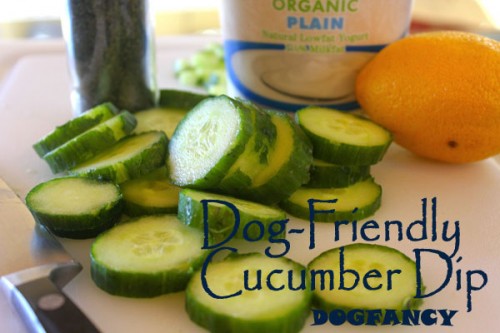
1 medium cucumber, or 1/2 hothouse cucumber
1 1/2 cups of yogurt (plain, unsweetened)
1 tbsp fresh dill or 1 tsp dried dill
1/2 lemon (squeezed)
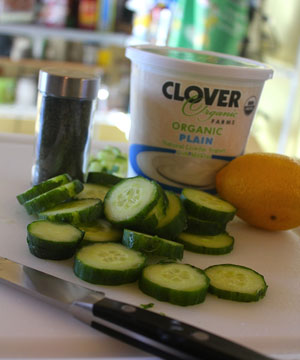
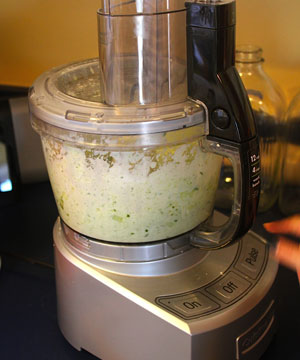
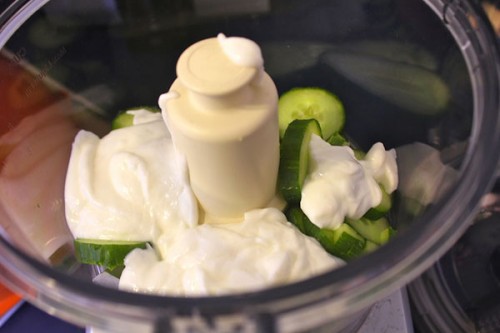
Slice up your cucumbers. If you are using cucumbers with a thicker skin, make sure to peel them before slicing.
Place cucumber in food processor with 1 cup of yogurt, lemon juice and dill.
Blend until cucumber is small and well-blended with other ingredients
Mix in additional 1/2 cup of yogurt
Place in a small bowl and put in refrigerator to set. The dip will thin once it is blended, so it is important to let it rest in the fridge for at least an hour and overnight if possible.
**If you are looking for a thicker dip, place your cucumbers in the food processor alone and then strain them in a cheese-cloth to pull out the extra liquid before mixing them with the yogurt.
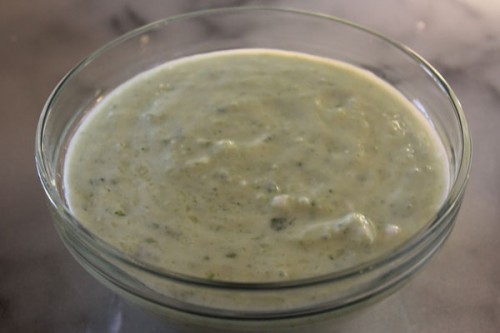
Good Water Dog Breeds
Water Retrievers
Today’s flat-coated retrievers and Labrador retrievers used to work as fishery dogs, retrieving fish and other objects from the water. Labradors helped to pull small fishing boats. With improvements in firearms, however, hunters shot birds in flight and needed dogs to find and retrieve fallen birds. As the fishery dogs were efficient swimmers and natural retrievers, they were crossed with pointers, setters and other retrievers to hone their bird skills. Other water retrievers include the tough and curly coated Chesapeake Bay retrievers, that navigated the chilly waters of the Chesapeake Bay to retrieve birds. American water spaniels and Irish water spaniels continued to be bred mainly for hunting, and are now rare compared to other water dog breeds. A surprising member of this group is the standard poodle. Poodles were bred in Germany as water retrievers, and their salon style hairdos, originally helped them in the water. The close clip made swimming easier, but the poodles’ coats were left longer on their chests for warmth and around their joints and tail tips for protection.
Pied Pipers of the Shoreline
Nova Scotia duck tolling retrievers have webbed feet and are powerful swimmers. They were developed in Canada in the 19th century as decoys. The dogs would chase sticks and play along the shore, sometimes disappearing from view and then reappearing — an activity called tolling. Their antics lured the curious waterfowl closer to the shore and into waiting nets or within shooting range. The dogs also retrieved fallen birds from the sea. These high-energy, playful dogs make great pets, but they need long walks and a daily play session.
The Fisherman’s Friend
Portuguese water dogs have long, curly waterproof coats, webbed feet and can work all day. They were once found all along Portugal’s coastline, herding fish into nets, retrieving lost equipment from the sea and taking messages between ships and back to shore. In the early 20th century the dogs started to disappear, along with traditional fishing methods. A wealthy Portuguese shipping magnate saved the breed and these robust water dogs arrived in the United States in the 1950s. The Portuguese Water Dog Club of America has created water trials — modern day water work activities — to help develop and promote the breed’s historical water abilities.
Heroes and All-Purpose Dogs
The massive Newfoundlands, with their heavy black or brown coats, large webbed feet, powerful hindquarters and well-developed lungs cope easily with long distance swimming, even in the coldest conditions. They were developed in Newfoundland as all-purpose dogs. They rescued people from drowning, carried lifelines to ships in trouble and helped fishermen, by hauling their heavy fishing nets through the cold sea. Back on land, Newfoundlands pulled carts and acted as pack horses and still serve as draft dogs today. Newfoundlands can also be found patrolling beaches in Britain, France and Italy, where they continue to save lives. The Newfoundland Club of America in 1973 started a program of water tests comprised of exercises designed to develop and demonstrate the Newfoundlands’ instinctive lifesaving abilities in the water.





